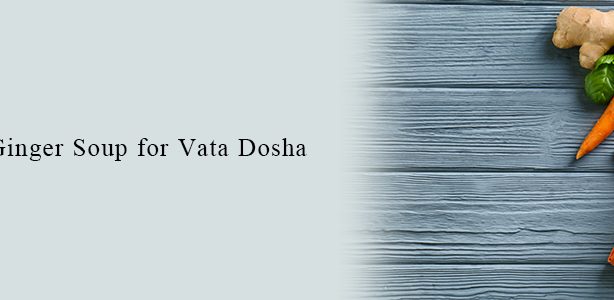Detoxification protects us from diseases and helps maintain optimum health. In Ayurveda, detoxification means resting, cleaning and nourishing, says Dr. V.C. Ajith Kumar, Director and Principal Consultant of Ayush Ayurveda, Singapore, Little India.
When should you go for detoxification?
Dr.V.C.Ajith Kumar, Ayurvedic doctor, says that our bodies sent out signals when it is time for a detox. The common symptoms include fatigue, headache, bloating, constipation, sinus infection, joint pain, weight gain, and bad breath.
According to Dr.V.C.Ajith Kumar, Ayurvedic doctor, detoxification purifies the blood. “It is achieved by eliminating the impurities from the blood and in the liver. The body gets rid of toxins through kidney, intestines, skin, lungs and lymphatic system. But when these systems are compromised, there is challenge in getting rid of the impurities. This causes health issues.”
Ayurvedic detox
Dr.V.C.Ajith Kumar, Ayurvedic doctor, says that people have various doshas and hence not all Ayurvedic detox are the same. “An ayurvedic detox may last from 3 days to 45 days based on the practices followed. We recommend dietary and lifestyle changes to balance the dosha, too.”
Purvakarma and Panchakarma
According to Dr.V.C.Ajith Kumar, Ayurvedic doctor, Purvakarma means preliminary phase. Here we tend to send toxins to the bowels and skin to be eliminated. It includes oil massage, steaming, and Shirodhara. It is followed by Panchakarma, which is an intense therapy. It rejuvenates the body and improves the detox. It has five karmas or treatments.”
Dr.V.C.Ajith Kumar, Ayurvedic doctor, says that the five treatments include Virechan, Vaman, Basti, Rakta moksha and Nasya. Virechan is the treatment of cleansing using Ayuredic powders, and heated herbs. Vaman is forced vomiting or purging using medication. In Basti, massage and enema are used. In Rakta oksh, blood purification is done using bloodletting. In Nasya, herbal drops, oils and fumes are used to clear nasal paths.
Dr.V.C.Ajith Kumar, Ayurvedic doctor, says that based on the dosha, they prescribe one or more of the above treatments. “Our aim is not only removal of toxins but also rejuvenate mind and body.”
Diet
According to Dr.V.C.Ajith Kumar, Ayurvedic doctor, each dosha type requires unique diet. “But what is common is that one should not eat food that creates a toxic build-up. It includes alcohol, red meat, processed food and excess caffeine.”
While there are several detox plans scattered on the internet Ayurveda doctors at Ayush Ayurveda, Singapore, Little India, doesn’t approve of most of them.
Dr.V.C.Ajith Kumar, Ayurvedic doctor, says, “Many people ask us whether they can skip meals or fast for detox. Some others want to go for liquid diets, like drinking only fresh juices. But Ayurveda does not endorse such approaches. It can cause the agni (digestive fire) to go imbalanced.”
The Ayurvedic doctor says that they recommend diet depending on the dosha. “You should then consume or avoid certain foods for the detox.”
Dr.V.C.Ajith Kumar, Ayurvedic doctor, says, “Detox is a great way to get back to basics. Keep things simple. Pay special attention to your diet and do not strain your digestive system. With Ayurveda, you can achieve Swasthayam.”



